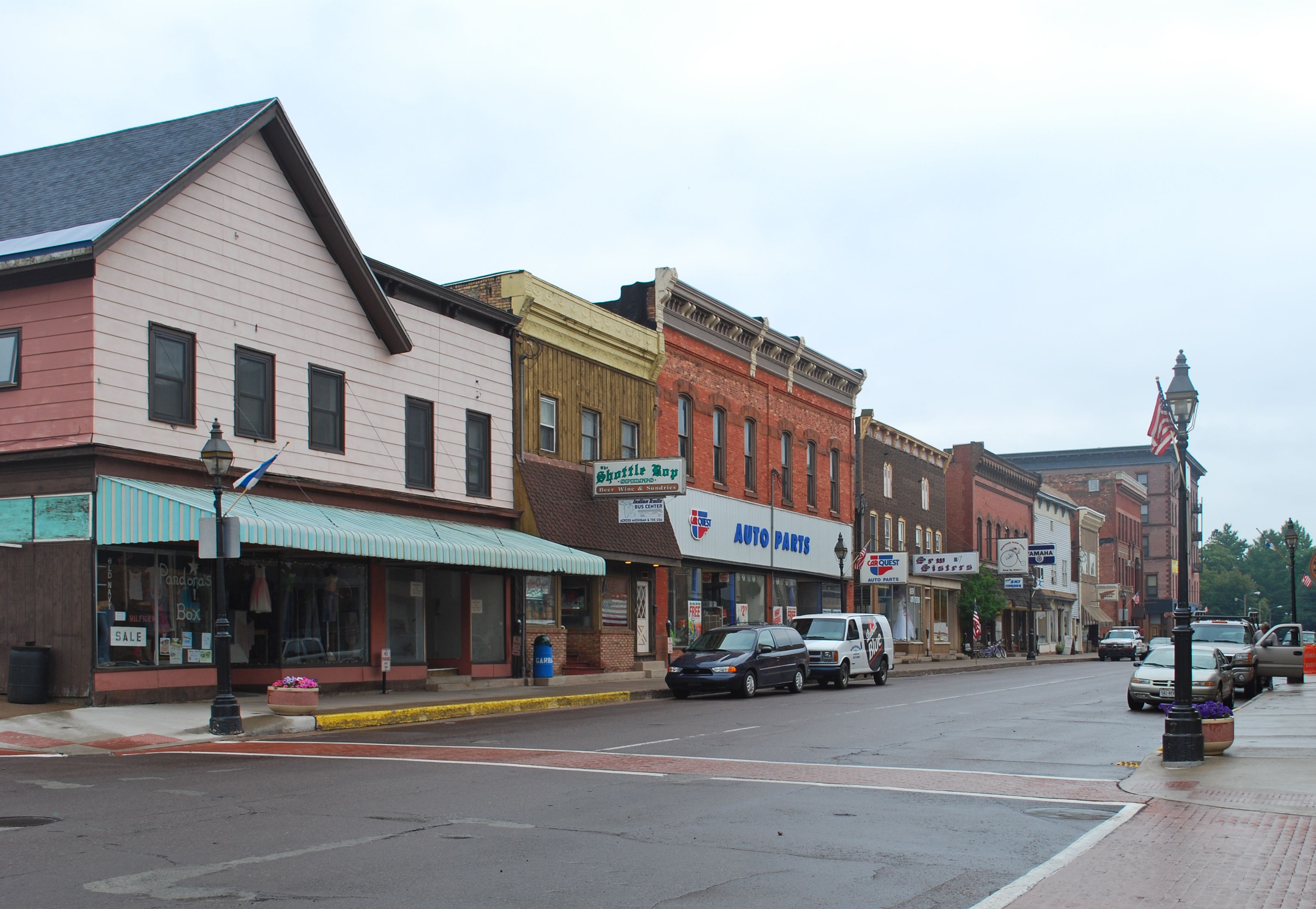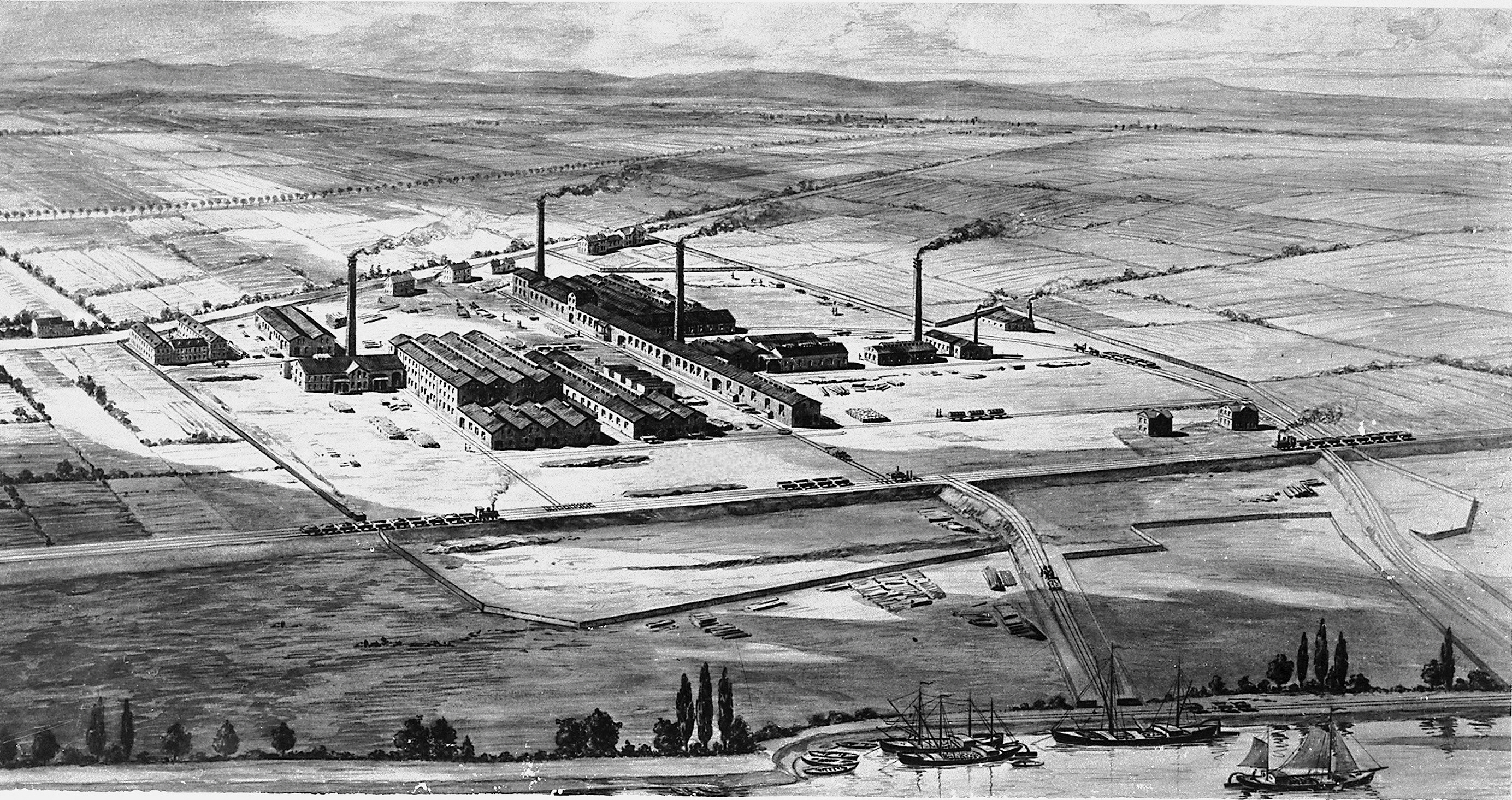|
Trostberg
Trostberg (; Central Bavarian: ''Droschberg'' or ''Troschtberg'') is a Town#Germany, town in the Traunstein (district), district of Traunstein, in Bavaria, Germany. It is situated on the river Alz, 19 km northwest of Traunstein. As with other 'old towns' in the region, it is a popular local tourist spot. Economy About 1,400 people are employed at the ''Chemiepark Trostberg'', a large chemical industrial area near the town. The two main companies are AlzChem and BASF Bauchemie (construction chemistry). The ''Chemiepark Trostberg'' originated from a calcium cyanamide production plant, founded in 1908. Between 1978 and 2000, the company was called ''SKW Trostberg AG''. History During World War II, a subcamp of Dachau concentration camp was located in the town. References Traunstein (district) {{Traunstein-geo-stub ... [...More Info...] [...Related Items...] OR: [Wikipedia] [Google] [Baidu] |
Traunstein (district)
Traunstein is a ''Landkreis'' (district) in the southeastern part of Bavaria, Germany. Neighboring districts are (from the north clockwise) Mühldorf, Altötting, the Austrian states Upper Austria and Salzburg, the district Berchtesgadener Land, the Austrian states of Salzburg and Tyrol, and the district Rosenheim. Geography The district is located in the northern foothills of the Alps. The Chiemsee is located in the west of the district. History In 1972 the district was merged with parts of the former district of Laufen, and the previously independent urban district Traunstein. Coat of arms The coat of arms shows a blue panther to the left, the symbol of the Spanheim dynasty of the Counts of Krainburg-Ortenburg, who owned part of the area in medieval times. The eagle in the top-right derives from the diocese of Chiemsee. At the bottom right there are the Canting Arms of Baumburg Abbey (''Baumburg'' translates to ''tree-castle''), which ruled most of the northern part ... [...More Info...] [...Related Items...] OR: [Wikipedia] [Google] [Baidu] |
Bayerisches Landesamt Für Statistik
The statistical offices of the German states (German language, German: ) carry out the task of collecting official statistics in Germany together and in cooperation with the Federal Statistical Office of Germany, Federal Statistical Office. The implementation of statistics according to Article 83 of the Basic Law for the Federal Republic of Germany, constitution is executed at state level. The Bundestag, federal government has, under Article 73 (1) 11. of the constitution, the exclusive legislation for the "statistics for federal purposes." There are 14 statistical offices for the States of Germany, 16 states: See also * Federal Statistical Office of Germany References {{Reflist National statistical services, Germany Lists of organisations based in Germany, Statistical offices Official statistics, Germany ... [...More Info...] [...Related Items...] OR: [Wikipedia] [Google] [Baidu] |
Central Bavarian
Central or Middle Bavarian form a subgroup of Bavarian dialects in large parts of Austria and the German state of Bavaria along the Danube river, on the northern side of the Eastern Alps. They are spoken in the ' Old Bavarian' regions of Upper Bavaria (with Munich), Lower Bavaria and in the adjacent parts of the Upper Palatinate region around Regensburg, in Upper and Lower Austria, in Vienna (see Viennese German), in the state of Salzburg, as well as in the northern and eastern parts of Styria and Burgenland. Before 1945 and the expulsions of the Germans, it was also spoken in Hungary and southern Bohemia and Moravia.Kurt Gustav Goblirsch, ''Consonant Strength in Upper German Dialects'', John Benjamins Publishing Company 2012 aNOWELE Supplement Seriesvol. 10 (originally Odense University Press 1994), p. 23 It also influenced Austrian German. Differences There are noticeable differences in the language within the group, but changes occur along a west-east dialect continuum ... [...More Info...] [...Related Items...] OR: [Wikipedia] [Google] [Baidu] |
Town
A town is a type of a human settlement, generally larger than a village but smaller than a city. The criteria for distinguishing a town vary globally, often depending on factors such as population size, economic character, administrative status, or historical significance. In some regions, towns are formally defined by legal charters or government designations, while in others, the term is used informally. Towns typically feature centralized services, infrastructure, and governance, such as municipal authorities, and serve as hubs for commerce, education, and cultural activities within their regions. The concept of a town varies culturally and legally. For example, in the United Kingdom, a town may historically derive its status from a market town designation or City status in the United Kingdom, royal charter, while in the United States, the term is often loosely applied to incorporated municipality, municipalities. In some countries, such as Australia and Canada, distinction ... [...More Info...] [...Related Items...] OR: [Wikipedia] [Google] [Baidu] |
Bavaria
Bavaria, officially the Free State of Bavaria, is a States of Germany, state in the southeast of Germany. With an area of , it is the list of German states by area, largest German state by land area, comprising approximately 1/5 of the total land area of Germany, and with over 13.08 million inhabitants, it is the list of German states by population, second most populous German state, behind only North Rhine-Westphalia; however, due to its large land area, its population density is list of German states by population density, below the German average. Major cities include Munich (its capital and List of cities in Bavaria by population, largest city, which is also the list of cities in Germany by population, third largest city in Germany), Nuremberg, and Augsburg. The history of Bavaria includes its earliest settlement by Iron Age Celts, Celtic tribes, followed by the conquests of the Roman Empire in the 1st century BC, when the territory was incorporated into the provinces of Ra ... [...More Info...] [...Related Items...] OR: [Wikipedia] [Google] [Baidu] |
Germany
Germany, officially the Federal Republic of Germany, is a country in Central Europe. It lies between the Baltic Sea and the North Sea to the north and the Alps to the south. Its sixteen States of Germany, constituent states have a total population of over 84 million in an area of , making it the most populous member state of the European Union. It borders Denmark to the north, Poland and the Czech Republic to the east, Austria and Switzerland to the south, and France, Luxembourg, Belgium, and the Netherlands to the west. The Capital of Germany, nation's capital and List of cities in Germany by population, most populous city is Berlin and its main financial centre is Frankfurt; the largest urban area is the Ruhr. Settlement in the territory of modern Germany began in the Lower Paleolithic, with various tribes inhabiting it from the Neolithic onward, chiefly the Celts. Various Germanic peoples, Germanic tribes have inhabited the northern parts of modern Germany since classical ... [...More Info...] [...Related Items...] OR: [Wikipedia] [Google] [Baidu] |
Traunstein
Traunstein (; ) is a Town#Germany, town in the south-eastern part of Bavaria, Germany, and is the administrative center of a much larger Traunstein (district), district of the same name. The town serves as a local government, retail, health services, transport and educational center for the wider district. The historic market square, Bavarian hospitality, Hofbräuhaus Traunstein, local breweries, outdoor sports facilities, Easter Monday horse parade, and connections with Benedict XVI, Pope Emeritus Benedict XVI, contribute to the town's profile as a tourist destination. Geography The town is situated at the heart of a region called Chiemgau, approximately 11 km east of the Chiemsee between Munich and Salzburg, 15 km north of the Alps, and 30 km west of Salzburg. History Early history Although as early as 790 the church records list possessions "ad Trun" and some medieval defence constructions are known to have existed in the surroundings since the 10th century ... [...More Info...] [...Related Items...] OR: [Wikipedia] [Google] [Baidu] |
BASF
BASF SE (), an initialism of its original name , is a European Multinational corporation, multinational company and the List of largest chemical producers, largest chemical producer in the world. Its headquarters are located in Ludwigshafen, Germany. BASF comprises subsidiary, subsidiaries and joint ventures in more than 80 countries, operating six integrated production sites and 390 other production sites across Europe, Asia, Australia, the Americas and Africa. BASF has customers in over 190 countries and supplies products to a wide variety of industries. Despite its size and global presence, BASF has received relatively little public attention since it abandoned the manufacture and sale of BASF-branded consumer electronics products in the 1990s. The company began as a dye manufacturer in 1865. Fritz Haber worked with Carl Bosch, one of its employees, to invent the Haber-Bosch, Haber-Bosch process by 1912, after which the company grew rapidly. In 1925, the company merged with ... [...More Info...] [...Related Items...] OR: [Wikipedia] [Google] [Baidu] |
Calcium Cyanamide
Calcium cyanamide, also known as Calcium carbondiamide, Calcium cyan-2°-amide or Calcium cyanonitride is the inorganic compound with the formula CaCN2. It is the calcium salt of the cyanamide () anion. This chemical is used as fertilizer and is commercially known as nitrolime. It also has herbicide, herbicidal activity and in the 1950s was marketed as cyanamid. It was first synthesized in 1898 by Adolph Frank and Nikodem Caro (Frank–Caro process). History In their search for a new process for producing cyanides for gold cyanidation, cyanide leaching of gold, Frank and Caro discovered the ability of alkaline earth carbides to absorb atmospheric nitrogen at high temperatures. Fritz Rothe, a colleague of Frank and Caro, succeeded in 1898 in overcoming problems with the use of calcium carbide and clarified that at around 1,100 °C not calcium cyanide but calcium cyanamide is formed in the reaction. In fact, the initial target product sodium cyanide can also be obtained from c ... [...More Info...] [...Related Items...] OR: [Wikipedia] [Google] [Baidu] |
World War II
World War II or the Second World War (1 September 1939 – 2 September 1945) was a World war, global conflict between two coalitions: the Allies of World War II, Allies and the Axis powers. World War II by country, Nearly all of the world's countries participated, with many nations mobilising all resources in pursuit of total war. Tanks in World War II, Tanks and Air warfare of World War II, aircraft played major roles, enabling the strategic bombing of cities and delivery of the Atomic bombings of Hiroshima and Nagasaki, first and only nuclear weapons ever used in war. World War II is the List of wars by death toll, deadliest conflict in history, causing World War II casualties, the death of 70 to 85 million people, more than half of whom were civilians. Millions died in genocides, including the Holocaust, and by massacres, starvation, and disease. After the Allied victory, Allied-occupied Germany, Germany, Allied-occupied Austria, Austria, Occupation of Japan, Japan, a ... [...More Info...] [...Related Items...] OR: [Wikipedia] [Google] [Baidu] |
Dachau Concentration Camp
Dachau (, ; , ; ) was one of the first concentration camps built by Nazi Germany and the longest-running one, opening on 22 March 1933. The camp was initially intended to intern Hitler's political opponents, which consisted of communists, social democrats, and other dissidents. It is located on the grounds of an abandoned munitions factory northeast of the medieval town of Dachau, about northwest of Munich in the state of Bavaria, in southern Germany. After its opening by Heinrich Himmler, its purpose was enlarged to include forced labor, and eventually, the imprisonment of Jews, Romani, Germans, and Austrians that the Nazi Party regarded as criminals, and, finally, foreign nationals from countries that Germany occupied or invaded. The Dachau camp system grew to include nearly 100 sub-camps, which were mostly work camps or , and were located throughout southern Germany and Austria. The main camp was liberated by U.S. forces on 29 April 1945. Prisoners lived in constant f ... [...More Info...] [...Related Items...] OR: [Wikipedia] [Google] [Baidu] |



